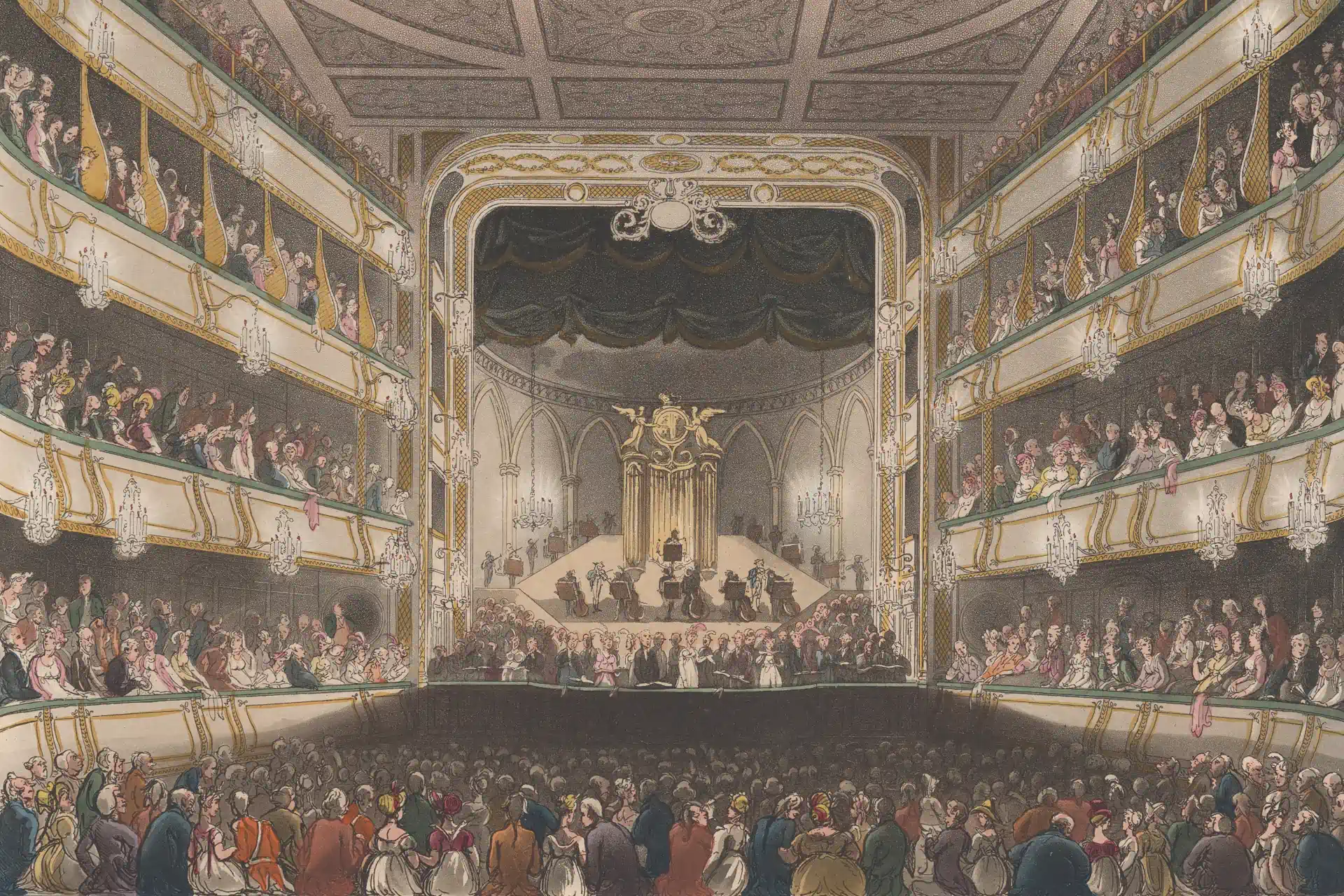
Reflections Upon Irena’s Vow
Riley Kane
1.25.2025
Last weekend, the Angelico Project staged three performances of the play Irena’s Vow at the Aronoff’s Jarson-Kaplan Theater. Each sold out—which almost never happens in that theater, according to staff. That is no small feat. So, amidst our discussions about the play itself, we should consider the greater implications of this achievement.
The Angelico Project was established in 2018 to foster the rebirth of Catholic arts and culture in the Greater Cincinnati area and to promote True, Good, and Beautiful art that can touch otherwise-hardened hearts and closed minds in our increasingly false, bad, and ugly post-Christian age.
One could be forgiven for initial skepticism, but Angelico has been consistently gaining momentum. It now has the support of both the Archdiocese of Cincinnati and the Diocese of Covington as well as the region’s Catholic community. This is proven by the recent success of Irena’s Vow. Selling out a little-known play and drawing attendees from across the region into the heart of the city demonstrate Angelico’s success in building a dedicated base of support with clear potential for continued growth. How many people wanted to attend but could not? The events of this past week demonstrate an intense, passionate interest in moral arts and in forming a genuine Catholic community. Shared values and experiences for the bedrock of a genuine community—Angelico provides a much-needed place for that. And you can tell that it is deeply desired.
It is good that people have such an interest in the arts, but that is only one aspect of community. Imagine this kind dedication and enthusiasm applied to other civil society organizations, collaboration between Catholic professionals and business owners, and even political life? The success of Irena’s Vow demonstrates that plenty of people (myself included) enthusiastically agree with Angelico’s objective of converting the culture through art. But we need to remember that although good art is valuable unto itself, if we want to use it to change the culture, it is only the gateway. We need to carry this enthusiasm into other aspects of our lives.
The significance of success at the Aronoff—the city’s premier playhouse—cannot be overstated. Early events (understandably) took place in church basements and school auditoriums, but Angelico’s mission to transform culture through beauty requires it to go forth from the Church into the world. Angelico events can and always should be frequented by Catholics, but to reach further, they need to be accessible to the broader community—which looks to the stages and galleries of the city when seeking to engage with art.
The urban core of Cincinnati remains the beating heart of our region. This is all the more significant when you consider the fracturing of our culture during (and before) our lifetimes. Before the mid-20th century, suburbs existed in close communion with the city, but as people spread further and further, they remained tied to the urban center, but the connection grew more tenuous, which necessitated a new word to describe such a place: “exurbs.”
The fracturing of old urban and suburban communities led to new communities, such as the Eastsiders and Westsiders. Despite their differences and departure from the literal political boundaries of the City of Cincinnati, both groups still view themselves as proud Cincinnatians. Even today, you routinely find people throughout the entirety of Hamilton County and even some of the surrounding countries, writing “Cincinnati, OH” as part of their addresses—despite being nowhere near the city proper. The city of Cincinnati looms large in our people’s conceptions of themselves—which is all the more amazing and precious after the internet shattered that already-fractured culture.
So goes the city, so goes the culture. Despite the urban core’s depopulation, we still look to the city center as the place to engage with the arts—at the Aronoff, the Art Museum, or Music Hall for “high” culture and the fine arts, and to the galleries, halls, and independent theatres and galleries sprinkled throughout Over-the-Rhine for the avant-garde. In order to transform the culture by touching secular hearts and minds through the arts, Angelico needs to go where non-Catholics engage with the arts—and with Irena’s Vow it has done so. This was a laudable first step and a sign of great things to come.